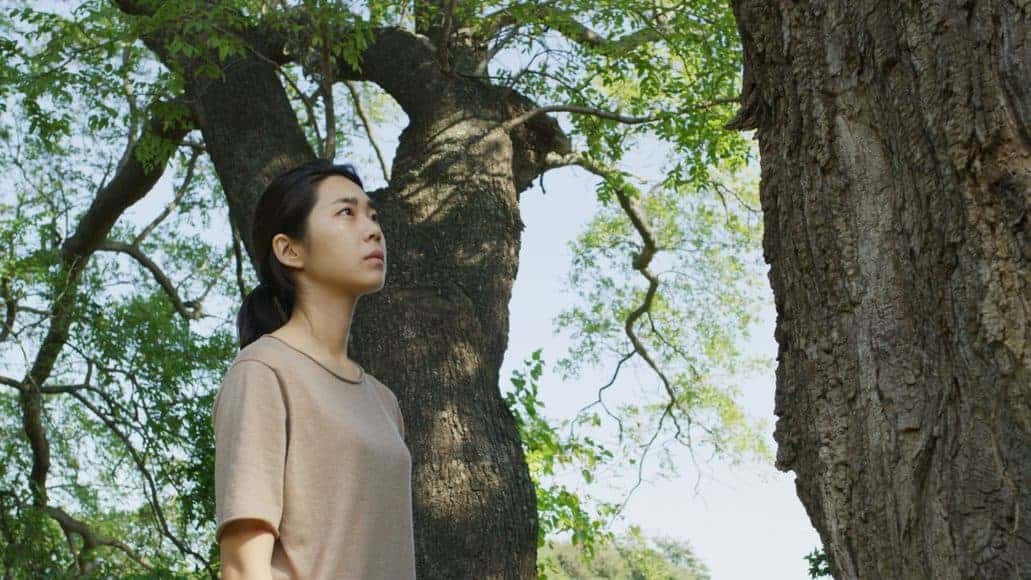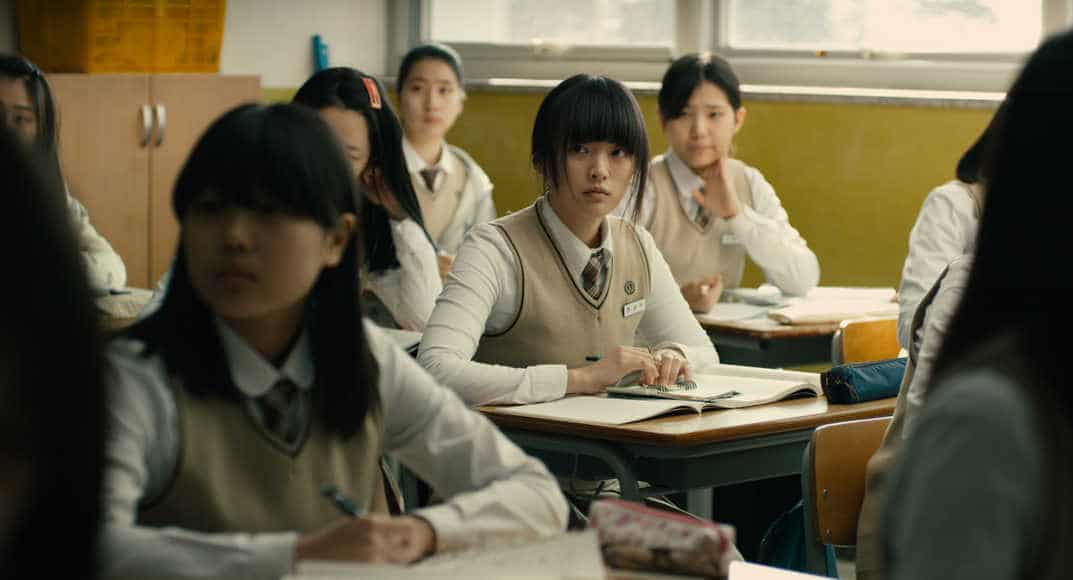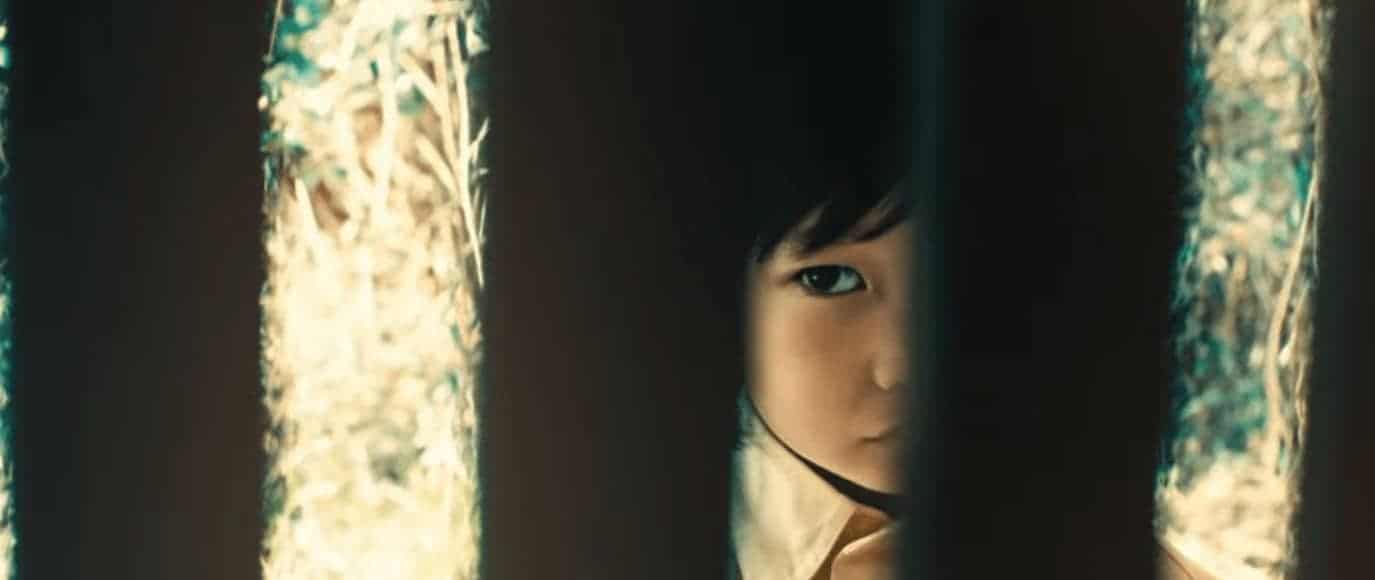11. Microhabitat (Jeon Go-woon, 2018)

The film works as a stark mirror that shows reality of the struggles of life for youths in South Korea in today's society. However, it is not heavy-handed with its message or grim. On the contrary, there are plenty hilarious scenes throughout the movie, most notably when Miso moves in with her Keyboardist friend and her family, as well as her interactions with the Vocalist and his parents, who go as far as putting chillies out to dry in their spare room in the hopes that Miso sleeps in their son's room and even put out a traditional matrimonial bedspread for them to sleep on. Both drama and comedy are mixed into the narrative, and the director is capable of expertly dealing with both. (Rhythm Zaveri)
12. Moving On (Yoon Dan-bi, 2019)

“Moving On” may be a quintessentially Korean film about a traditional Korean family unit, but it is to Yoon Dan-bi's credit that its multi-layered content has universal appeal and can be relatable to cultures and families around the world. Featuring memorable scenes that amuse, entertain and force you to contemplate, the film is sure to make its viewers smile involuntarily at various stages throughout its runtime and stands as one of the finer films of 2019, celebrating the centennial of Korean cinema as a great example of what indie cinema from the country can achieve. (Rhythm Zaveri)
13. Vertigo (Jeon Gye-soo, 2019)

“Vertigo” primary is a tremendous exposé of the corporate culture in modern South Korea, particularly the position of women in it. Its depiction of the corporate workplace environment and the fears and pressures the staff feel because of it, trying to keep up a prim and proper physical appearance and picking up skills they otherwise have no interest in lest they lose their job to somebody who does, is very realistic. So realistic, in fact, that its extremely depressive and pessimistic nature makes one feel for those having to survive in it on a day-to-day basis in real life. Equally realistic is the depiction of the effects of vertigo on those that suffer from it, with Seo-yeong's dizzy spells being triggered by the slightest vibrations, shrill sounds or heights. (Rhythm Zaveri)
14. Way Back Home (Park Sun-woo, 2019)

Lots already has been said and portrayed in films about the actual act of sexual assault and more still of its immediate effects on the victim and those around her. But Park Sun-woo's film is not interested in that. Instead, she focuses on the human story and on the relationships that are strengthened or broken by the ghosts of the past that come catching back on you, while letting the actual event feel like a subplot or a mere plot device to the more important story. The emotions and their corresponding actions that Jeong-won goes through are very raw and feel authentic. The closing up in front of her husband, sister and mother while opening up to her uncle and aunt, who she calls her adoptive parents, feels completely justified, particularly her determination to not be seen as a rape victim by those around her, most importantly by her loving husband, who is extremely confused and frustrated by what transpires. (Rhythm Zaveri)
15. A Quiet Dream (Zhang Lu, 2016)

Zhang Lu directs and pens a distinct art-house film, whose aesthetics are eloquently described in its title, since there is almost no music, and there are a number of scenes that could pass as dreams, particularly the surrealistic ending sequence. Apart from this last aspect, though, the movie emits realism from every frame, since the circumstances of the neighborhood and the three characters that live in the borders of society definitely move towards this direction. This sense is heightened by Jo Young-jik's black-and-white cinematography, which fits the aesthetics of the film perfectly. (Panos Kotzathanasis)
16. Han Gong-ju (Lee Su-jin, 2013)

Atmospherically filmed, the film has beautiful camerawork and follows its characters at close range, pulling the audience deeper in the world surrounding Gong-Ju. While the plot is told with some time leaps here and there, the story unfolds slowly and intensely, getting to know, and understand, the young girl's feelings better and better. Chun Woo-Hee portrays the main character perfectly and leaves a gripping impression. She is the beating heart of the film in the midst of supporting actors that also bring forth well-done performances. (Thor)
17. Height of the Wave (Park Jung-bum, 2019)

“Height of The Wave” takes a very interesting course, leaning on the script penned by the newcomer Kim Min-Gyeong who shows that there are no ultimate truths, nor always clearly defined mechanisms of good- or wrongdoing. Not one plot, but several intertwine in a complex narrative about different perspectives on morality of not just sexual nature, but also regarding general social values, specifically those of an isolated community that fights for its place in a greater geographical context. Despite of some unsettling images involving harassment and hard-boiled masculinity, there is no finger-pointing, no sides taken, and there is only one truly rotten character in the film (Wonjae), although his personal ambition might in fact not be really disadvantageous for the well-being of the island in the long run. Jung-bum Park is good in keeping the plot superior over judgement, and the result is a unique drama of human abysses and suffering, discrete, intimate, empathetic. (Marina D. Richter)
18. I Am Trash (Lee Sang-woo, 2015)

After returning from prison for sexual assault of a minor, three grown sons come face to face with their father whose actions shadowed their youth and landed them menial jobs as trash pickers. Lee Sang-woo's “I am Trash” acts as a mediation on all things deplorable and deviant, making for a deeply upsetting film that won't be to everyone's taste. However, his ability to approach such subjects backed by a strong narrative and overlapping social commentary has made him one of the strongest and most controversial voices in Korean exploitation Cinema. (Adam Symchuk)
19. Scattered Night (Sol Kim and Lee Ji-hyoung, 2019)

The children and their innocence are critical to the drama and they do their bit well, especially with dialogue delivery. The story unfolds in such a way that there is little scope for the events and happenings around to be of any concern or relevance. It would have looked pretty much the same in any place or culture. There is an extreme focus on the story and emotions which may have also left the surroundings unexplored. (Arun Krishnan)
20. The Uncle (Kim Hyoung-jin, 2017)

Kim Hyoung-jin directs a film that starts as an extreme-abuse movie, but soon turns into a revenge one, while focusing on the transformation Ip-sae experiences due to her interaction with her uncle, both as a character and physically. The Park Chan-wook aspects derive from the fact that all the characters occasionally act as caricatures, the absurd sense of humor regarding a handicapped person, and the concept of revenge that takes over after a point. The Kim Ki-duk aspects mostly derive from the fact that the uncle is a complete lowlife who does not seem to speak, the rather graphic violence that eventually takes over, the intermingling of love and hate, and the elements of surrealism. Lastly, the concept of the violent stranger that arrives and changes completely a sick situation seems like a wink to Miike, although in a much tamer fashion. (Panos Kotzathanasis)















